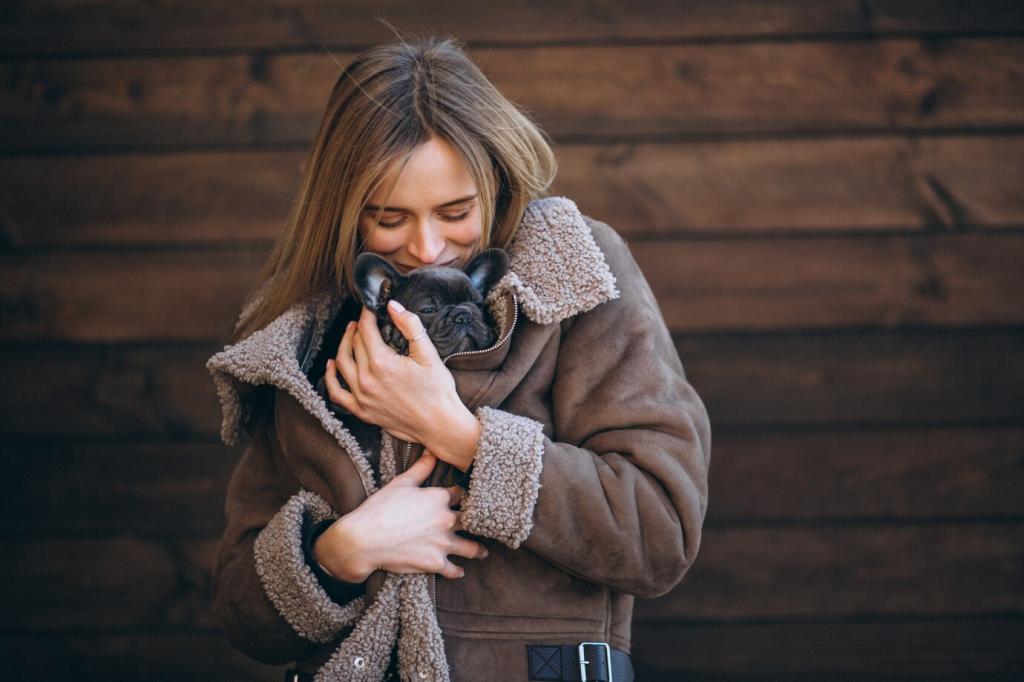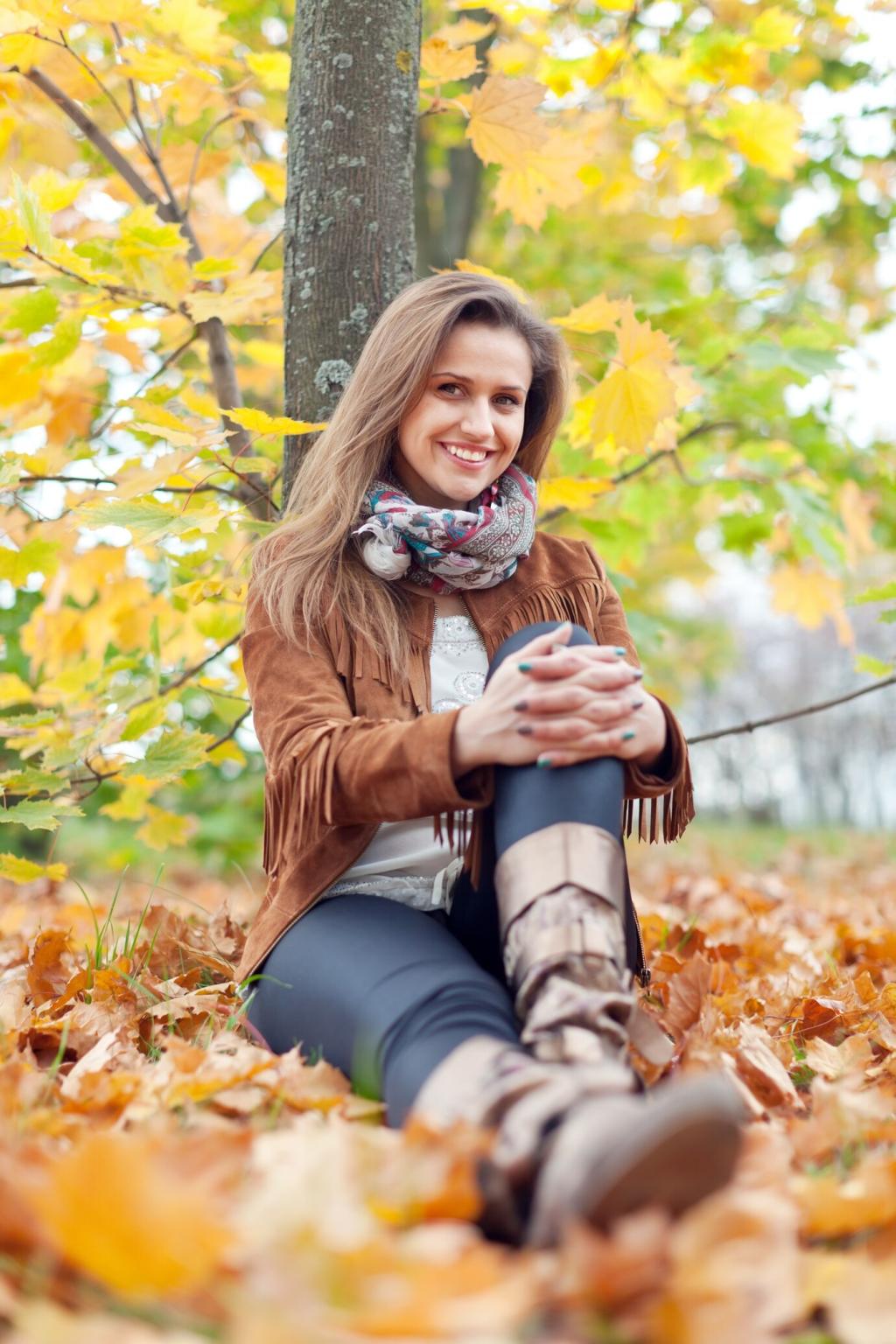White Balance and Color in Frozen Light
Auto white balance can swing too cool. Try setting Kelvin between 5200–6500 at golden hour or 6000–7500 in shade to warm icy scenes. Experiment deliberately, then share before-and-after frames to help readers see subtle color decisions.
White Balance and Color in Frozen Light
Drop a gray card onto the snow and grab a quick reference shot. In post, sample it to establish neutral color, then creatively nudge warmth or coolness. Tell us your favorite lightweight card or app solution for fast winter workflows.
White Balance and Color in Frozen Light
Blue hour intensifies cool tones and can leave faces cyan. Add a touch of warm fill—LED panel or gelled flash—and balance with a slightly cooler Kelvin. Post your settings and a memory from a blue hour walk that changed your winter portfolio.
White Balance and Color in Frozen Light
Lorem ipsum dolor sit amet, consectetur adipiscing elit. Ut elit tellus, luctus nec ullamcorper mattis, pulvinar dapibus leo.


